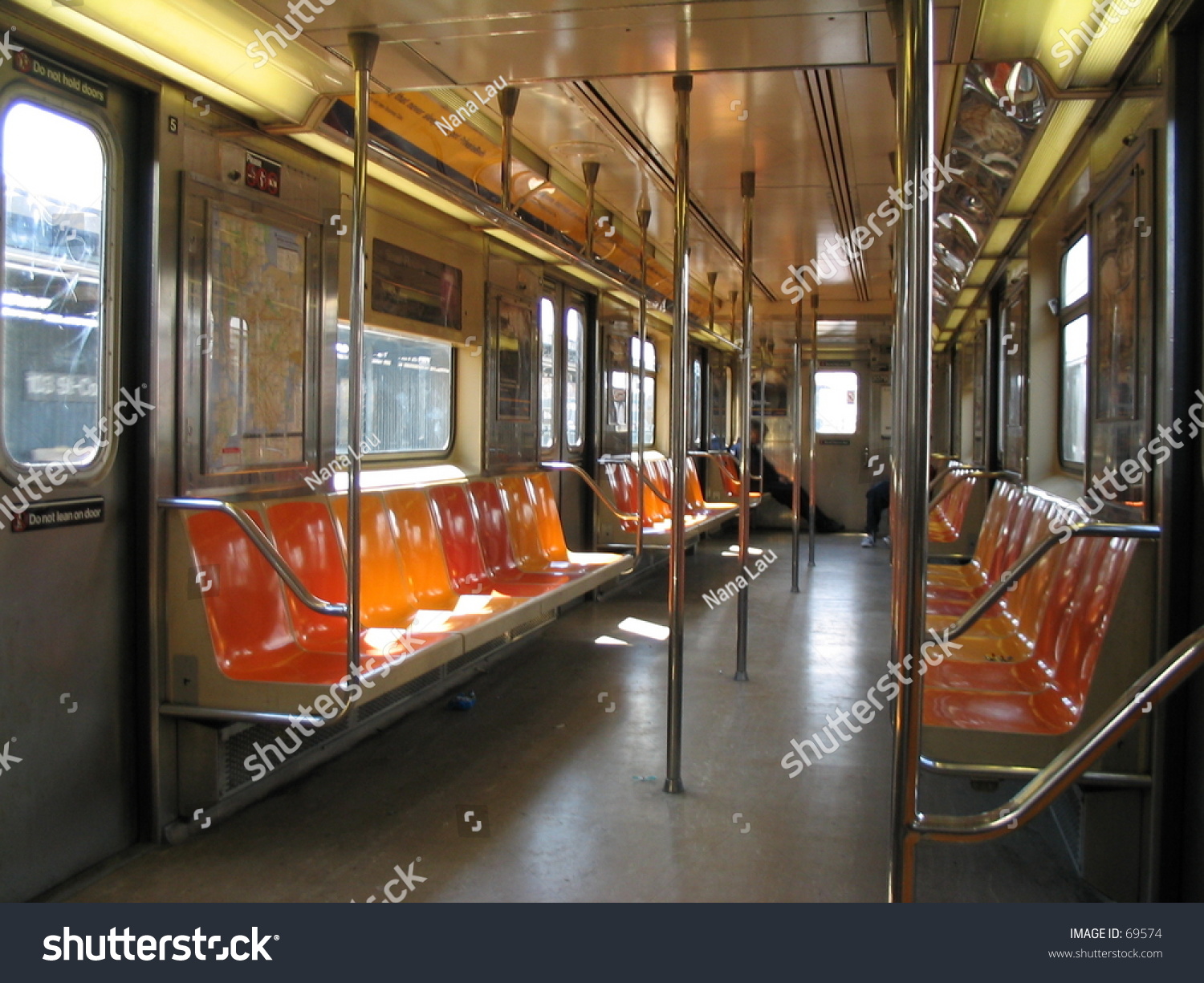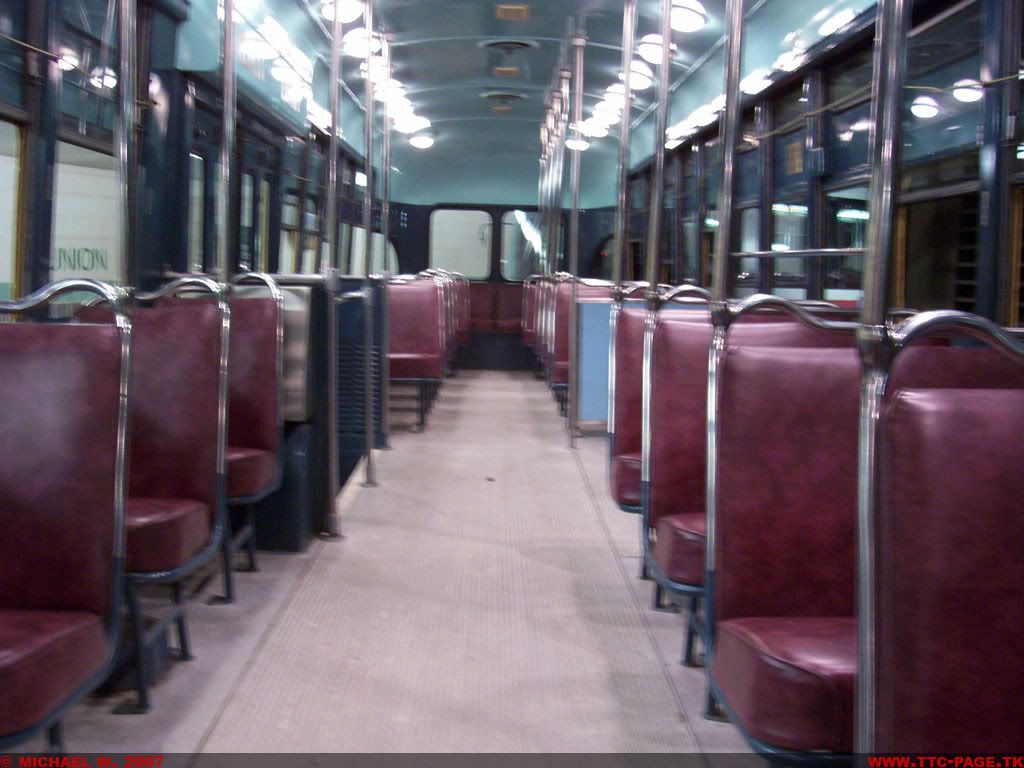Why are we in a hurry to make the cars less marketable? Is it unreasonable to want a seat on a streetcar?
Depends on the variables.
If it's on a dedicated ROW route such as Spadina, the streetcars move much more smoothly (easier as a standee) and some may prefer the open-gangway freedom of the new TTC subway vehicles (wider hallways, easier to walk around people). Much more comfortable as a standee at peak if the hallways are wide enough to pass people.
Many people on the new open-gangway TTC trains, some people prefer standing up to sitting down, especially for shorter journeys. More so, than with the old subway trains.
Yes, seats are extremely important for the longer journeys. But Crosstown LRT, with 3-LRV consists, and dedicated lanes allowing fewer herky-jerky motions (of a peak period King/Queen streetcar fighting traffic) might be better served with the wider hallway widths than normally used on shared-lane TTC streetcars. For a 90-meter train, there's much more seats elsewhere in the trains and peak-period standees (who can't find seats) will prefer the easier ability to embark/disembark/pay fares/etc with fewer pinch points caused by seating.
In other words.... to provide the "freedom breathing room on a LRV just like on the new subway trains".... it is simply likely just the removal of 4 or 8 seats per LRV, to make things massively more comfortable for HALF of the vehicle (the standees).
I have ridden LRVs in other cities that felt closer to the new TTC subway trains (and ran on a relatively smooth ROW) and I can understand why that experience may be preferred by standees -- just like you might prefer standing on the new TTC subway trains (at least compared to old TTC streetcars or old TTC subway trains) -- for at least a short trip.
Also, I find people on the new subway trains are more willing to give up the priority seating because of (1) their distinctive color and (2) the better standee experience of new subway trains. ... Demographical problem solved.
But yes, most streetcar routes like King/Queen today isn't a very comfortable standee experience.






